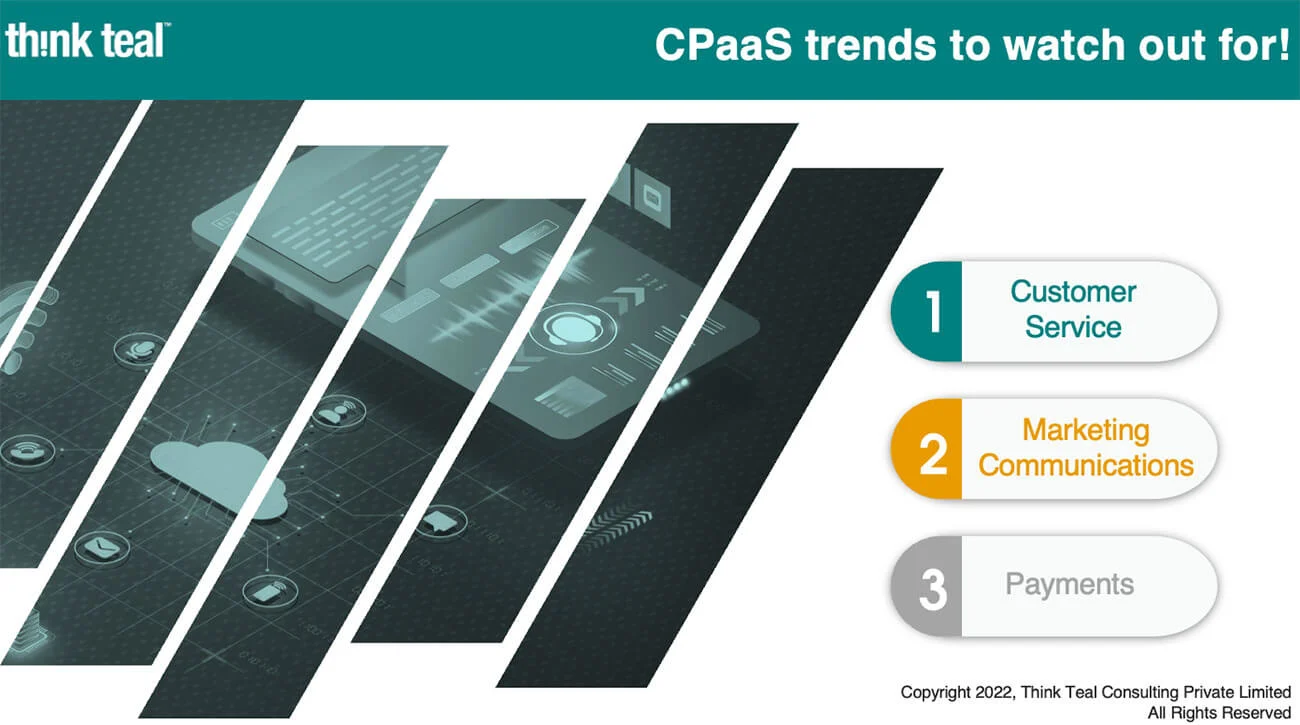CPaaS Trends to watch out for
Cloud Communications is a hot area now. From the early 2000s, there was interest in this area, but remote work (primarily due to the global lockdown) pushed the envelope.
Cloud Communications can be classified into three sections, i.e., CPaaS (Communication Platform as a Service), UCaaS (Unified Communication as a Service) and CCaaS (Contact Center as a Service). While UCaaS and CCaaS can be viewed as specialized SaaS for enterprise communication purposes, CPaaS is a platform (PaaS) that helps organizations integrate communication services into their existing applications through APIs.
Of the three, UCaaS is the biggest in revenue, followed by CCaaS and CPaaS.
While CPaaS may be relatively smaller (and developing), it is a promising market. It is a market where telcos and cloud-based service providers are jostling up for a larger market share.
Thanks to the pandemic, both customers and organizations are open to new ways to communicate. Like how new-age contact center solutions offer an omnichannel experience, similarly, CPaaS can connect several communication platforms through APIs.
But the most successful deployments have been on OTT platforms like WhatsApp, where enterprises integrate chatbots to enable customer service. Since the application is embedded in a customer's smartphone, there is already a plethora of information with previous communication history at your disposal. This helps in a quicker resolution to problems and an improved customer experience.
CPaaS can also be used for payments by integrating multi-factor authentication in a client device. Messaging services are the best example of this kind of service (OTP to authenticate user identity). This is also emerging as a critical use case for most organizations with an online presence and significant transactions with end customers.
Cloud Communication is essentially helping tear down the rigid frameworks that were once hallmarks of enterprise communication. In line with the overall theme of the cloud, services like CpaaS are increasing flexibility to understand and address end-user requirements, which has always been the core of most successful business operations.


